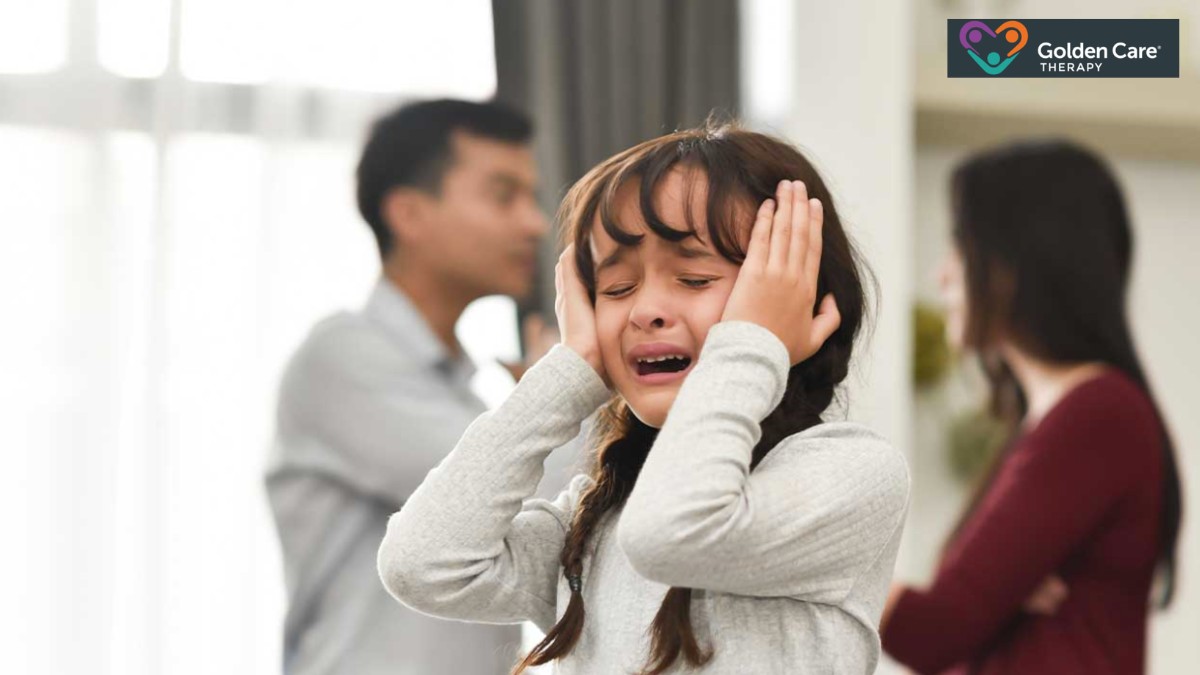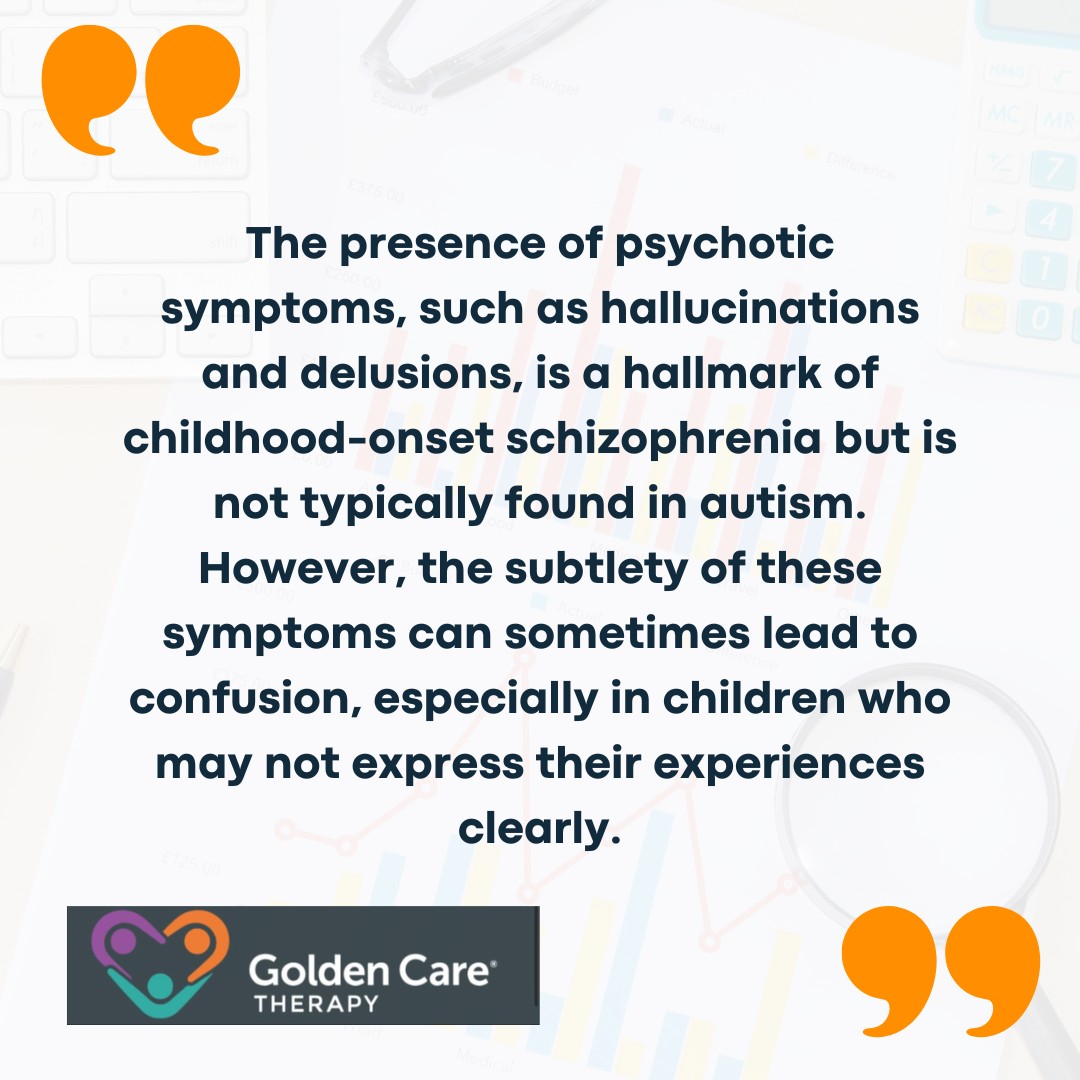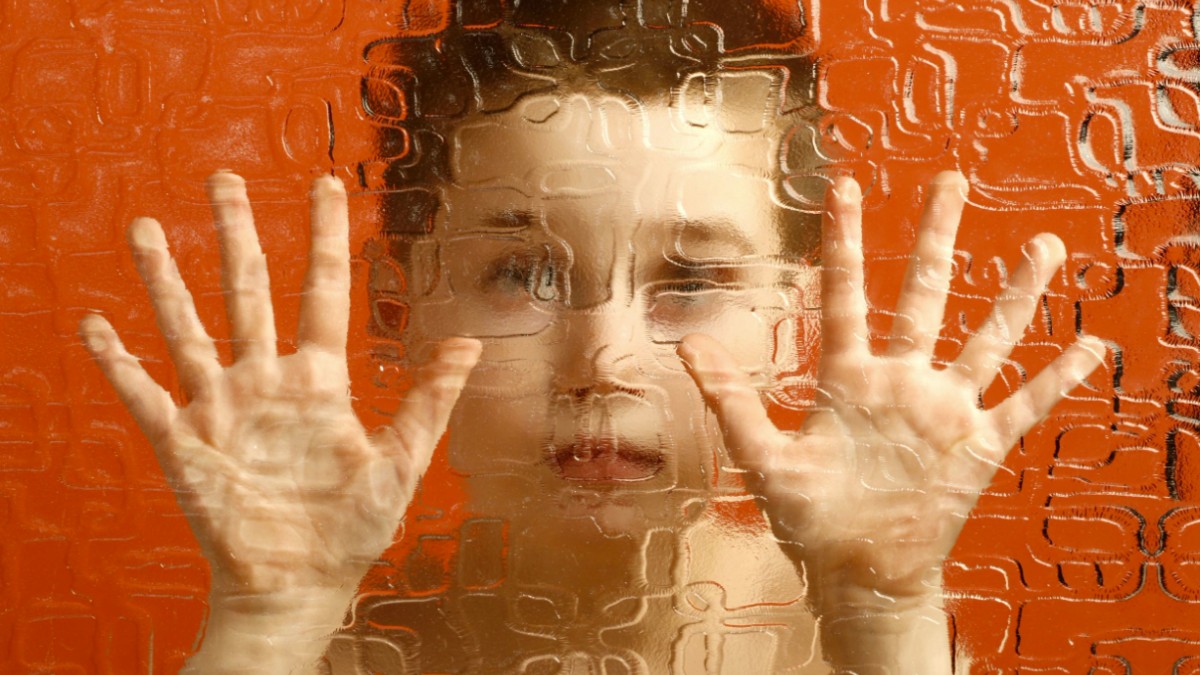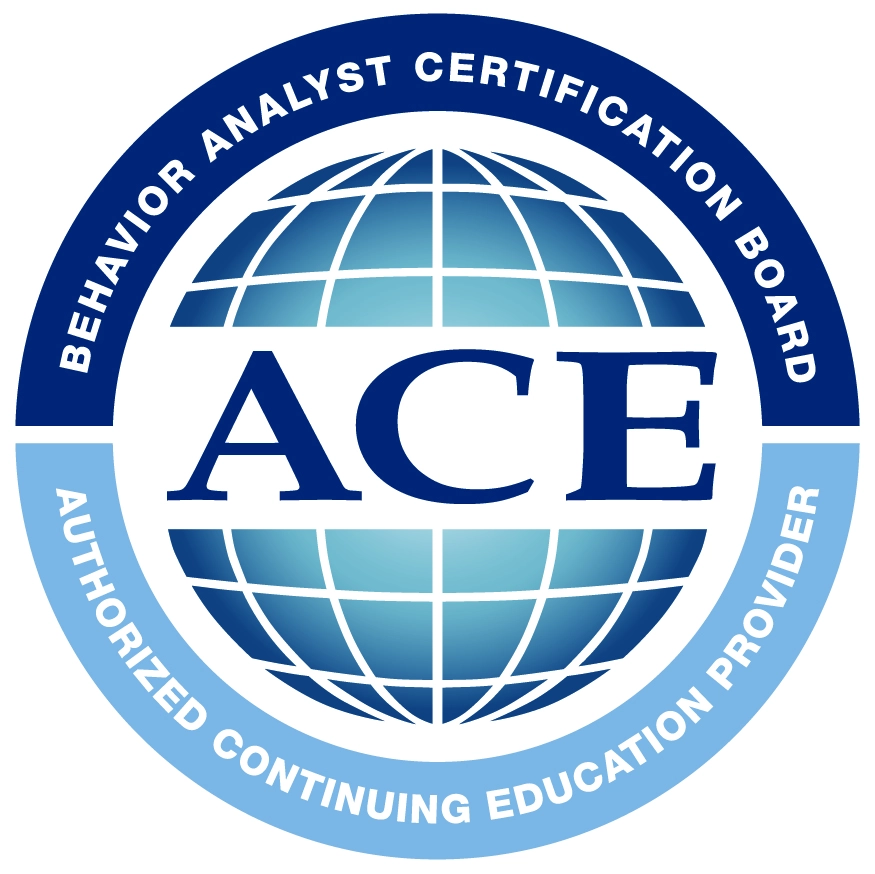Childhood schizophrenia is a rare neuropsychiatric disorder that affects an estimated 1 in 40,000 children. It is characterized by severe symptoms that typically emerge between the ages of 5 and 10 years old.
Childhood-onset schizophrenia is a specific form of this disorder, with an estimated prevalence of 1 in 10,000 children. The overall prevalence of schizophrenia in young people before the age of 15 is approximately 0.05%.
Meanwhile, very-early-onset schizophrenia is a more severe variant, with symptoms appearing before the age of 13. This form of schizophrenia is often considered more serious than adult-onset schizophrenia, leading to significant challenges in diagnosis and treatment.
How Does Childhood Schizophrenia Affect Autistic Children?
Childhood schizophrenia and autism can share overlapping symptoms, such as social withdrawal, communication challenges, and repetitive behaviors, but when they co-occur, the effects can be particularly complex.
Autistic children who develop schizophrenia may experience an increase in difficulties with distinguishing reality from delusions or hallucinations, which can further complicate their ability to communicate or interpret the world around them.
Since both conditions can involve sensory sensitivities, thought-processing differences, and emotional dysregulation, the presence of schizophrenia may intensify these struggles, making daily life and interactions even more challenging. Misdiagnosis or late diagnosis is common, as some symptoms of schizophrenia, like social withdrawal or unusual speech patterns, can initially be mistaken for autism traits rather than signs of a separate condition.
Symptoms and Onset
The symptoms of childhood schizophrenia can be complex and varied. They may include hallucinations, delusions, disorganized thinking, and significant changes in behavior. These symptoms can disrupt a child’s ability to function in daily life, affecting their social interactions, academic performance, and overall well-being.
The onset of symptoms can be gradual or sudden, making it difficult for parents and caregivers to recognize the signs early on. Common early indicators may include:
- Withdrawal from social activities
- Decline in academic performance
- Changes in sleep patterns
- Unusual thoughts or beliefs
Recognizing these symptoms early is crucial for timely intervention and support. Genetic conditions, such as 22q11 deletion syndrome, may increase the likelihood of developing psychosis, further complicating the landscape of childhood schizophrenia.
Understanding these factors is essential for parents and caregivers navigating the challenges associated with autism and mental health.
The Iron Triangle Phenomenon
The intersection of childhood schizophrenia, autism spectrum disorder, and catatonia has been described as the “Iron Triangle.” This phenomenon highlights the complex relationship between these conditions, particularly in children.
Childhood-onset schizophrenia is a rare form of schizophrenia that is estimated to occur in 1 out of 10,000 children. Symptoms typically emerge between the ages of 5 and 10 years. Autistic children diagnosed with schizophrenia often display more severe symptoms and have a poorer prognosis compared to those with either disorder alone.
The Iron Triangle theory, introduced by Shorter and Wachtel in 2013, suggests that COS, autism, and catatonia frequently co-occur. Historical case literature indicates that children and adolescents are often assigned all three diagnoses, suggesting a potential overlap in their clinical presentations.

COS and autism share several phenotypic features, including social withdrawal, communication difficulties, and atypical behaviors. Additionally, there is evidence of shared genetic etiology between the two disorders, indicating that similar genetic factors may contribute to their development.
The presence of catatonia in children with COS or autism may often go unrecognized. This “hidden” catatonia can complicate the diagnostic process, as it may manifest in ways that overlap with the symptoms of both disorders.
The pattern observed in the Iron Triangle suggests a potential underlying pathology that results in a unique mixed form of catatonia, autism, and psychosis.
Understanding the interplay between these conditions is crucial for parents and caregivers. Recognizing the signs and symptoms can lead to more effective interventions and support for affected children.
Challenges with Diagnosis
Diagnosing childhood schizophrenia in autistic children presents unique challenges due to overlapping features and the potential for hidden symptoms. Understanding these complexities is crucial for parents and caregivers.
Childhood-onset schizophrenia (COS) and autism spectrum disorder share several characteristics, which can complicate the diagnostic process. Both conditions may exhibit difficulties in social interaction, communication challenges, and behavioral issues.
This overlap can lead to misdiagnosis or delayed diagnosis, impacting the treatment and support children receive.

The phenomenon of catatonia can also complicate the diagnosis of COS and autism. A range of motor and behavioral symptoms, including immobility, excessive movement, and unusual postures characterizes catatonia. In the context of the “Iron Triangle,” which includes COS, autism, and catatonia, these symptoms may go unrecognized.
Research indicates that children with COS or autism may exhibit “hidden” features of catatonia that are not immediately apparent. This can lead to a lack of appropriate treatment and support.
Recognizing these hidden symptoms is essential for accurate diagnosis and effective intervention. The interplay between COS, autism, and catatonia highlights the need for comprehensive assessments by mental health professionals who are familiar with the nuances of these disorders.
Understanding how childhood schizophrenia affects autistic children can lead to better outcomes and tailored support for families navigating these challenges.
Final Thoughts
Understanding how childhood schizophrenia affects autistic children helps us see the unique challenges they face. With the right support, early diagnosis, and tailored treatments, these children can lead more fulfilling lives.
Families, educators, and healthcare providers play a key role in creating a supportive environment where children feel safe and understood. At Golden Care Therapy, we’re committed to providing top-tier ABA therapy with a compassionate, individualized approach that helps children grow, learn, and thrive. We proudly offer autism services in New York, New Jersey, Indiana, Georgia, and Florida, ensuring families have access to expert care. Reach out to us today and let’s work together to create a brighter future for your child!
Sources:



